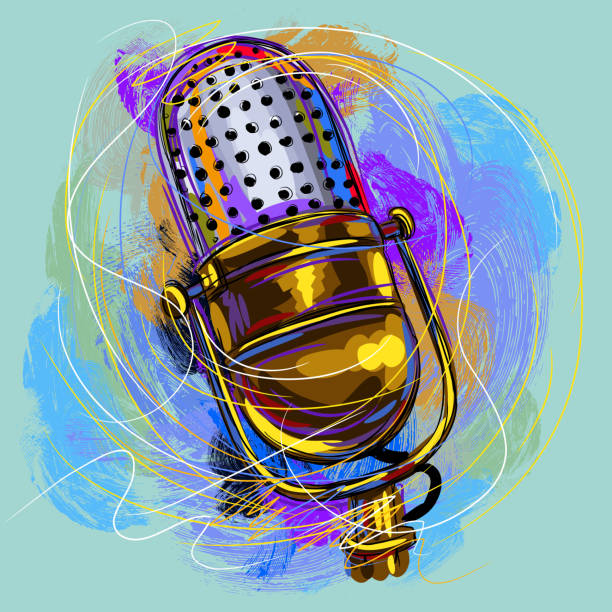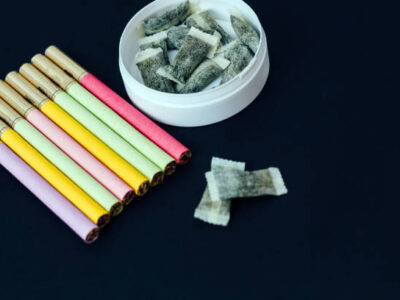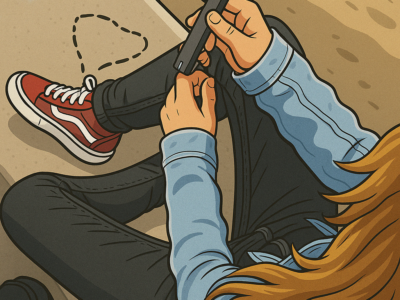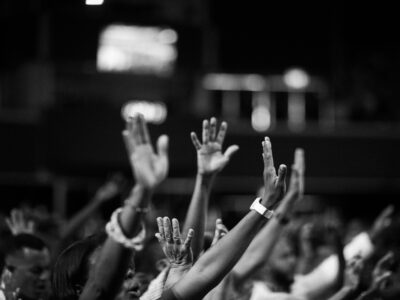Guest author: Gavin Masumiya, Prevention Plus Speaker

The Power of Freestyle: A Lifeline in Difficult Times
Growing up, I was the quiet kid—the one who rarely spoke up, the one who felt out of place. Part of it was because I started school a year late, and kids would throw around words like stupid when they found out. I carried that weight, believing that my voice wasn’t worth much.
But something changed in seventh grade—I discovered freestyle rap. The ability to create something off the cuff—through rhythm, rhyme, and raw emotion—became more than just a skill; it became a lifeline.
When I lost my Auntie Patty, and again when my mother passed away 18 months ago, freestyle was my anchor. It gave me a way to move through grief, turning emotions that could have drowned me into something that grounded me instead.
Words Can Build or Break Someone
Not everyone saw the potential in what I was doing. Joey, the most popular kid on the playground, told me I sucked. And yeah, it crushed me. I wanted people like Joey to validate me, to recognize that I had something special. But even though his words hurt, there was something inside me that still wanted to explore freestyle rap and get better at it.
What Joey’s words did teach me was that words matter—a lot. That moment made me realize that I never wanted to be the kind of person to tear someone down through my words. Instead, I wanted to use my voice to lift others up, just like freestyle lifted me up when I needed it most.
Why Creative Outlets Matter for Mental Health
I know what it feels like to get bullied; to hold onto this belief that I’m not good enough, to stay quiet in the background because speaking up feels too risky. That’s why I relate to students who aren’t always the center of attention, the ones who hold themselves back out of fear of rejection.
And that’s where creative outlets come in, whether it’s:
- Writing music or playing an instrument
- Drawing, painting, or digital art
- Journaling, poetry, or storytelling
- Dance, movement, or even freestyle rap
These aren’t just hobbies—they’re powerful coping mechanisms. They allow us to process pain, transform struggles into art, and make sense of emotions we don’t always have words for.
Turning Pain into Power
In a world where so many turn to drugs, social media distractions, or unhealthy coping habits, creative outlets offer something different—a way to release, heal, and grow. Had I not had freestyle by my side, I might have gone down a different path.
Creativity helps take the energy of pain and turn it into something productive. When we don’t express what we feel, it bottles up inside. But when we channel that energy into something creative, we own our story instead of letting it own us.
Your Story Matters
That’s why I love speaking with young people—not just to tell my story, but to encourage them to create their own. Your struggles don’t define you, but what you do with them does. Pick up a pen, grab an instrument, start moving—find your creative release.
Because when you turn your struggle into art, it doesn’t just heal you—it becomes a gift for someone else walking the same path.
next steps
Want more insights on creativity and resilience? Subscribe to our blog and get new posts straight to your inbox! Click HERE and ask to be added to our newsletter.
Want to bring this message to your students? Book Gavin for a live talk today! Click HERE to request more information.
Read other informative blog posts HERE.


